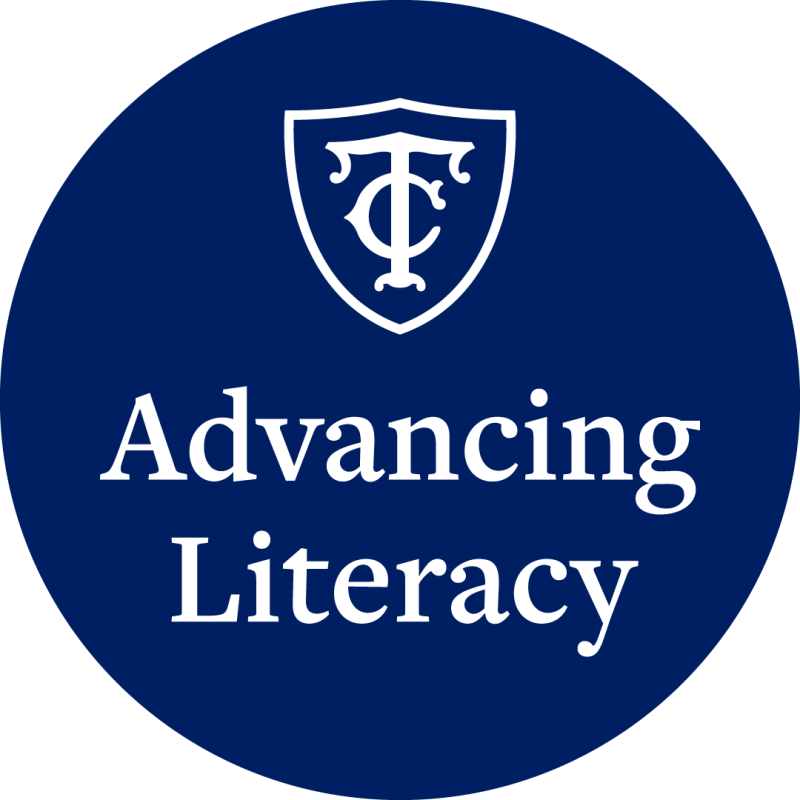May 31, 2021 and June 1, 2021 mark the centennial of the Tulsa Race Massacre of 1921 when the thriving Black town of Greenwood was attacked and destroyed by a White mob who killed as many as 300 Black people and left 10,000 residents homeless.
The events occurring across these two terror-filled days in Oklahoma overwhelmingly have not been part of the teaching that happens in K-12 schools across the United States. This purposeful omission fits into a broader pattern of silences about racism in America.
A core part of the work of antiracism in schools involves truth-telling teaching that disrupts social and historical amnesia. Educators can instead recognize such approaches as tools of White supremacy. Instead of teaching in ways that perpetuate misinterpretations and are attempts to erase parts of our nation’s past, we can instead work with students to confront such injustices, understanding that it is not until we face the wounds of this country, that we can truly begin to heal.
Recently, one of the last survivors of the Tulsa Race Massacre testified before the United States Congress. 107-year-old Viola Fletcher spoke to congressional leaders seeking justice for the atrocities that she, her family, and her community experienced. Ms. Fletcher said, “Our country may forget this history, but I cannot, I will not, and other survivors do not, and our descendants do not.” As she spoke, Ms. Fletcher shook the collective consciousness of the nation. This week is an opportunity for educators to remember and to teach students to do so as well.
The following resources can help educators teach about this history and break the destructive cycle of silence.
Resources
1921 Tulsa Race Massacre Centennial Commission
“The projects of the 1921 Tulsa Race Massacre Centennial Commission will educate Oklahomans and Americans about the Race Massacre and its impact on the state and Nation; remember its victims and survivors; and create an environment conducive to fostering sustainable entrepreneurship and heritage tourism within the Greenwood District specifically, and North Tulsa generally.”
Background and History of the Tulsa Race Massacre Tulsa Objects in the NMAAHC Collection Greenwood, 1921: One of the worst race massacres in American history
2021 Survivor Testimonies Tulsa Race Massacre Survivors Testify In Reparations Pursuit WATCH: Tulsa race massacre survivors, advocates testify before House committee
Picture Books and Student Resources Unspeakable by Carole Boston Weatherford and free Educator’s Guide by Sonja Cherry-Paul Opal’s Greenwood Oasis by Najah-amatullah Hylton and Quraysh Ali Lansana Remember the Tulsa Race Riot | Learning for Justice Black Wall Street: Then and Now | American Experience
